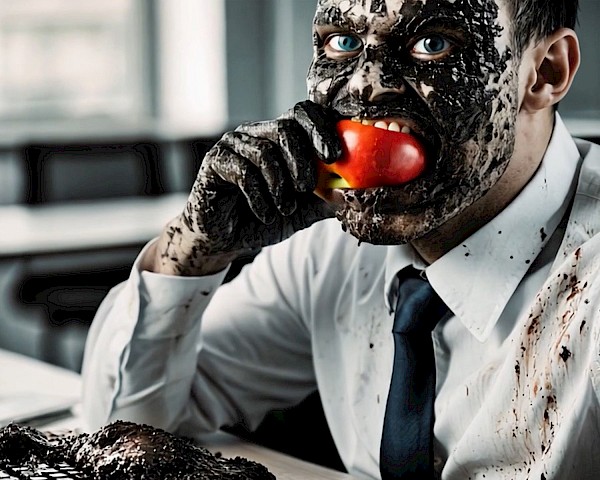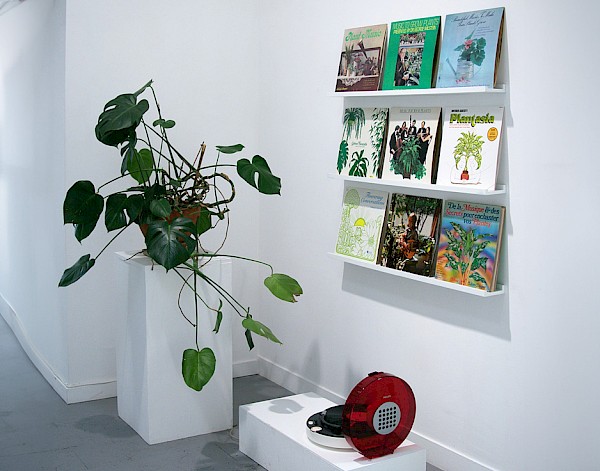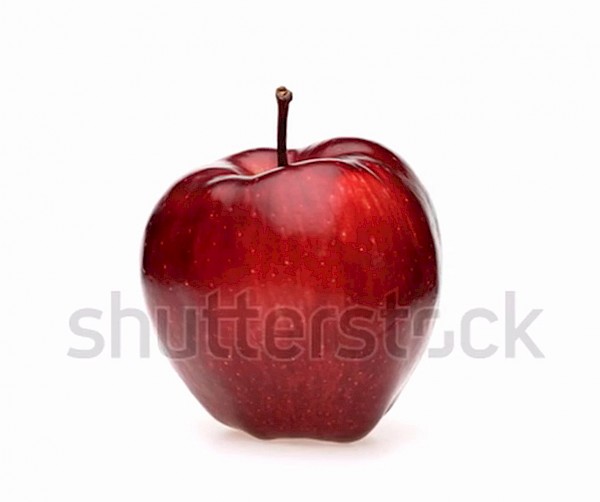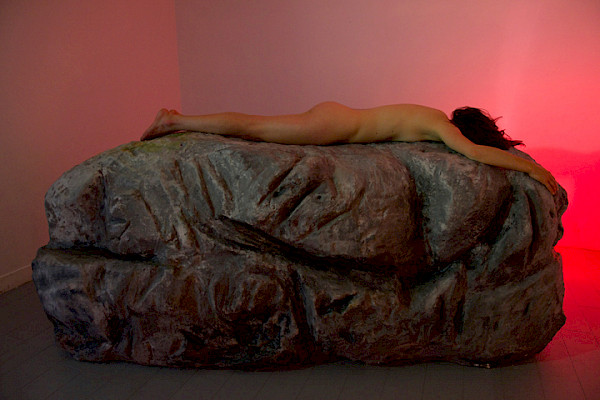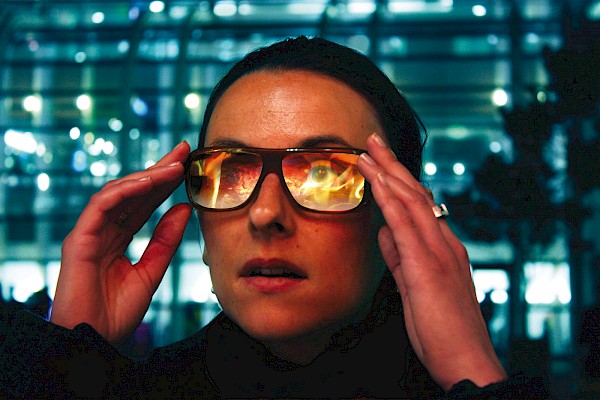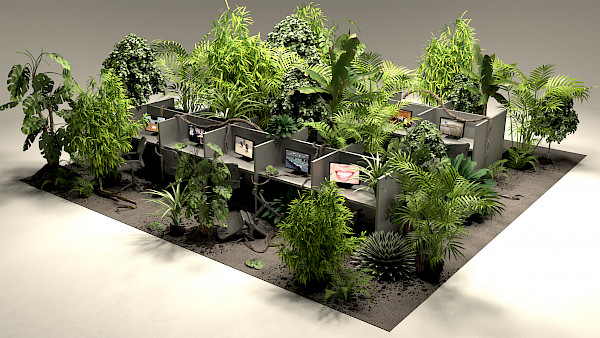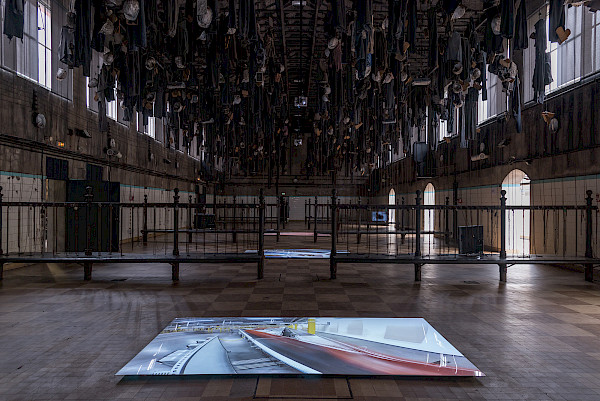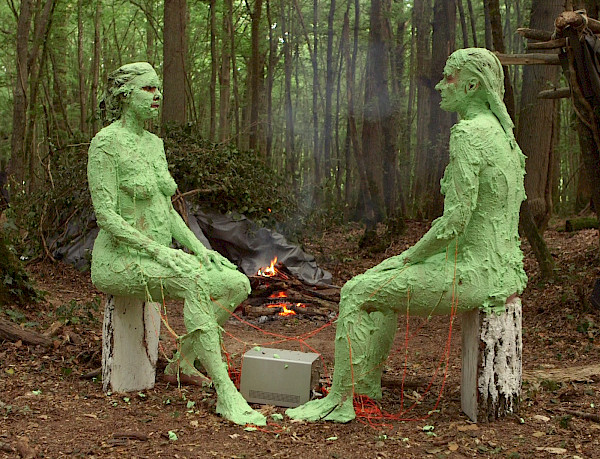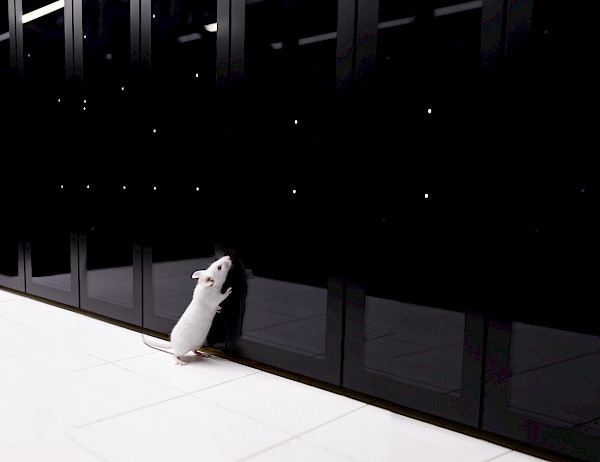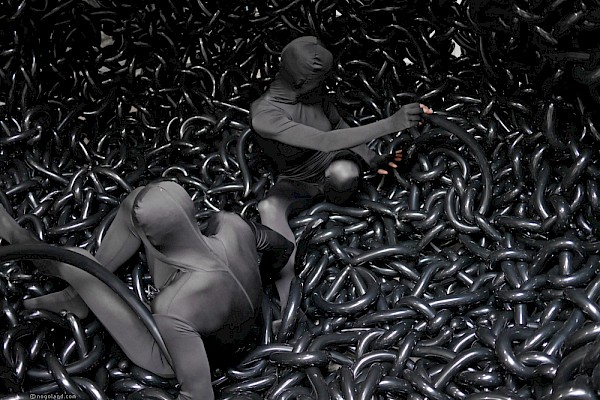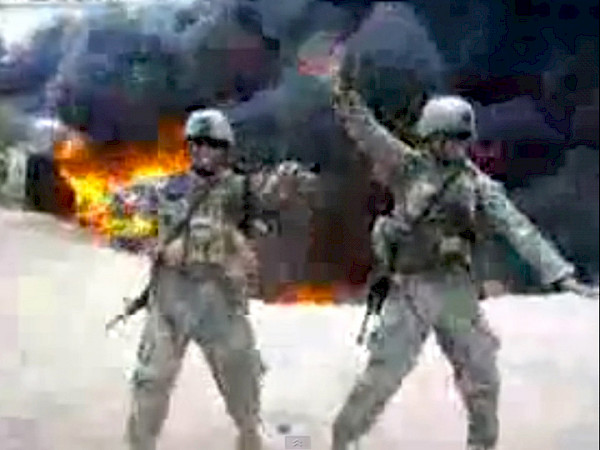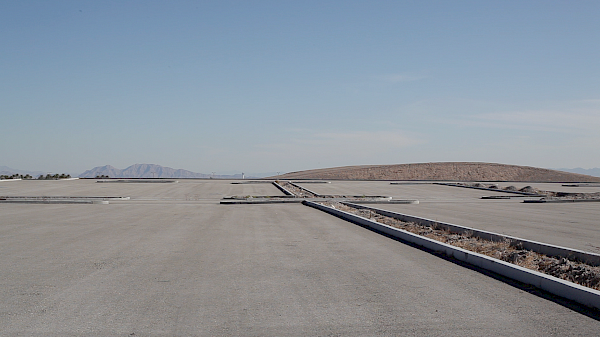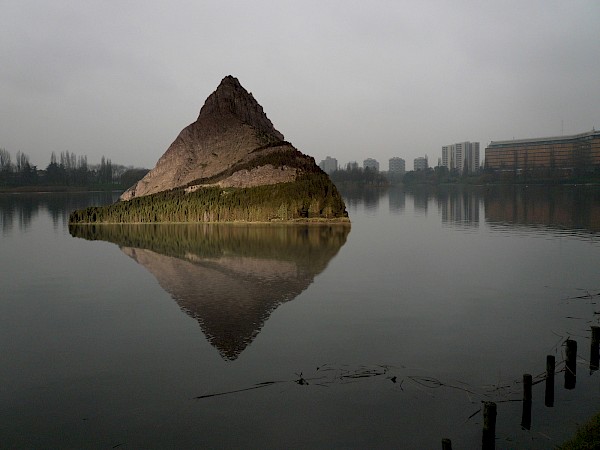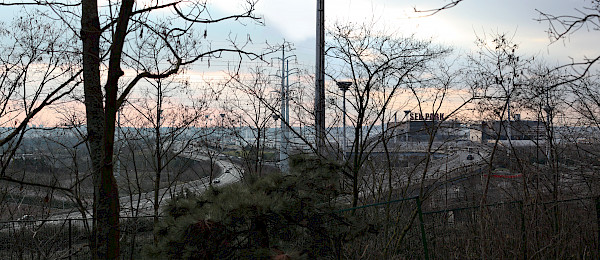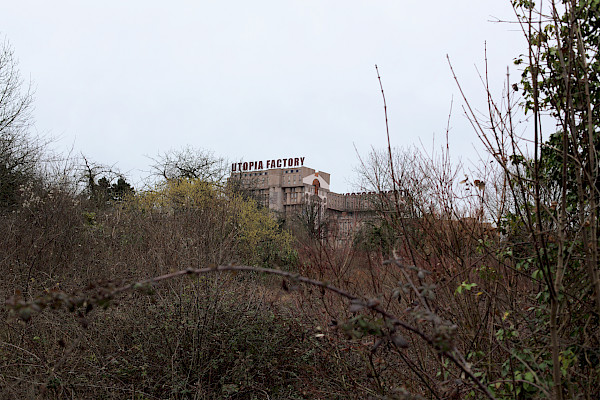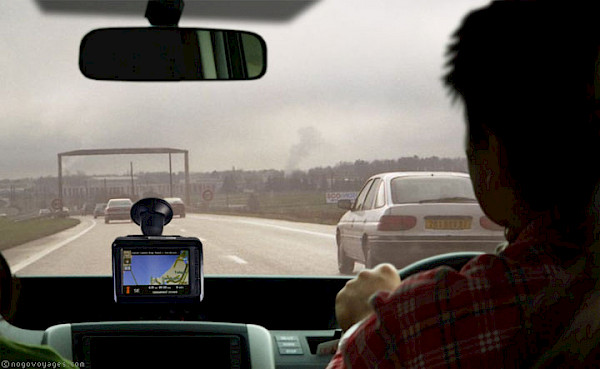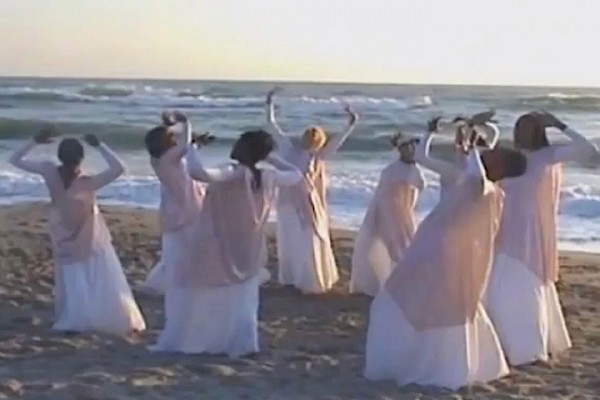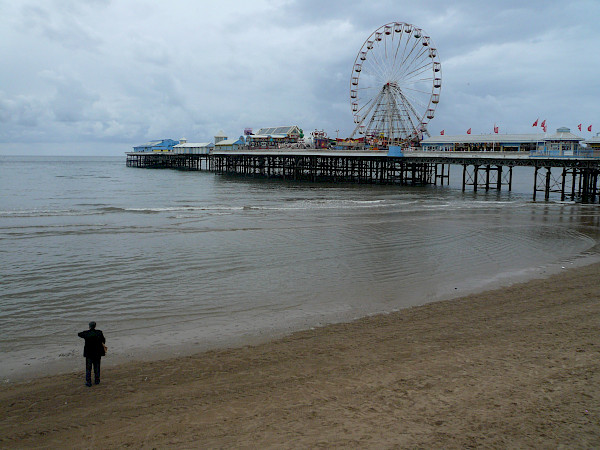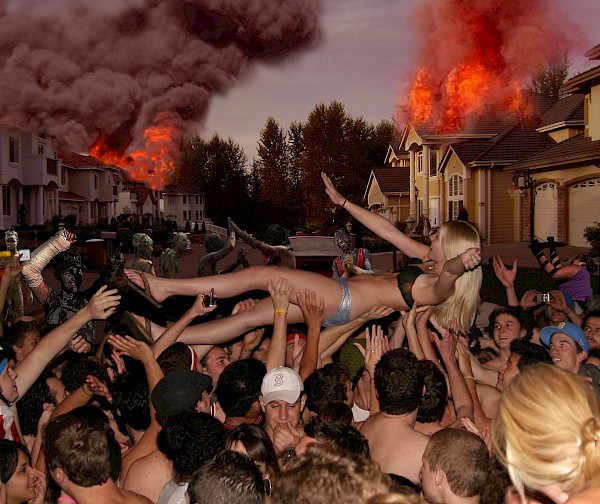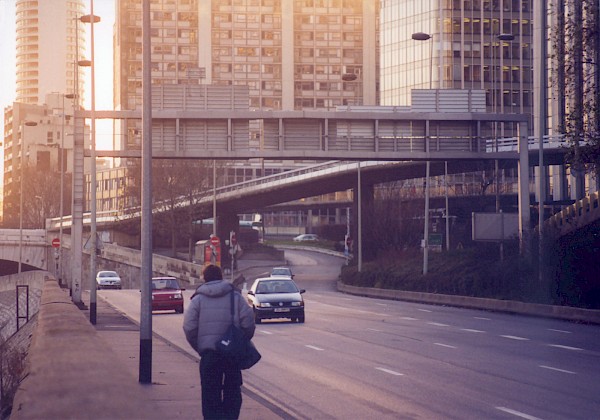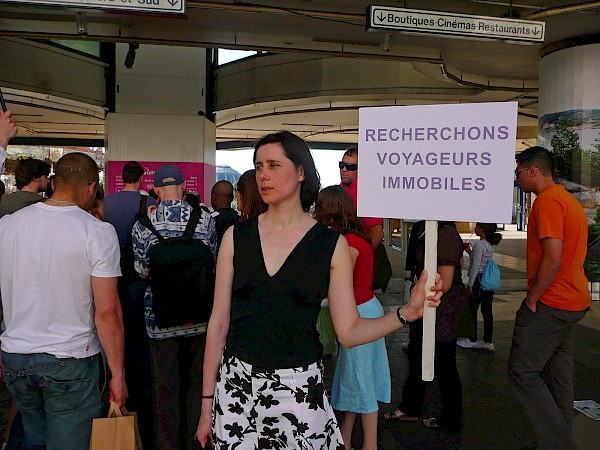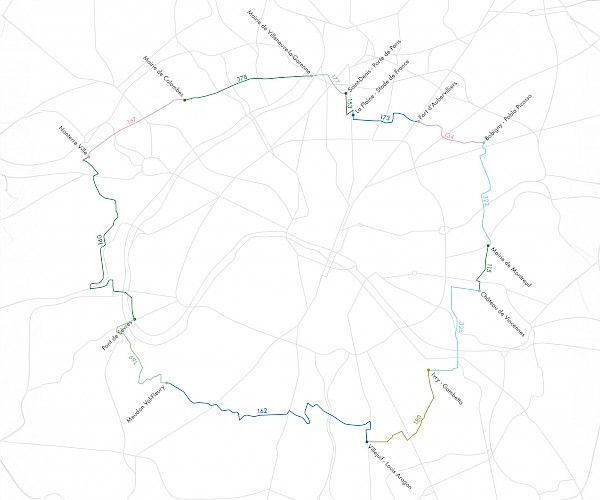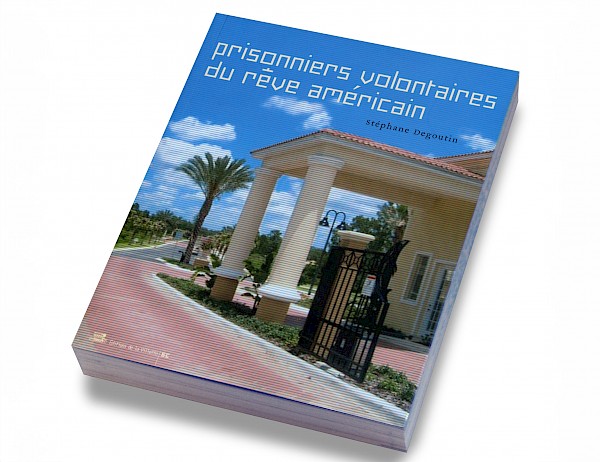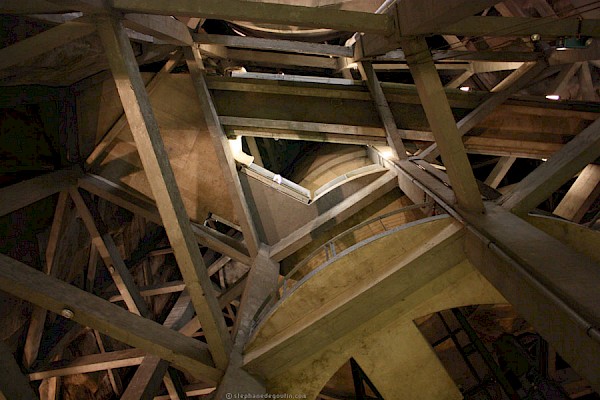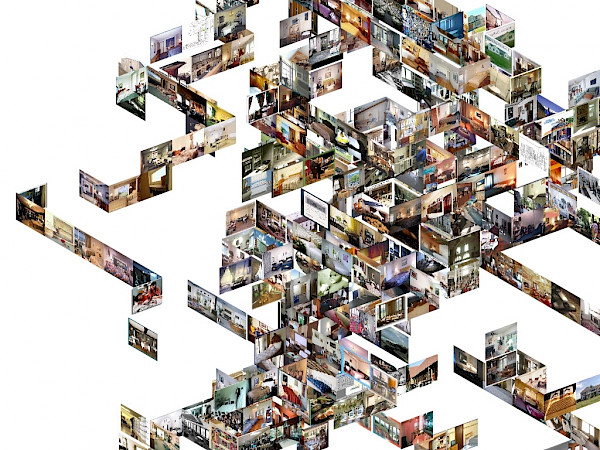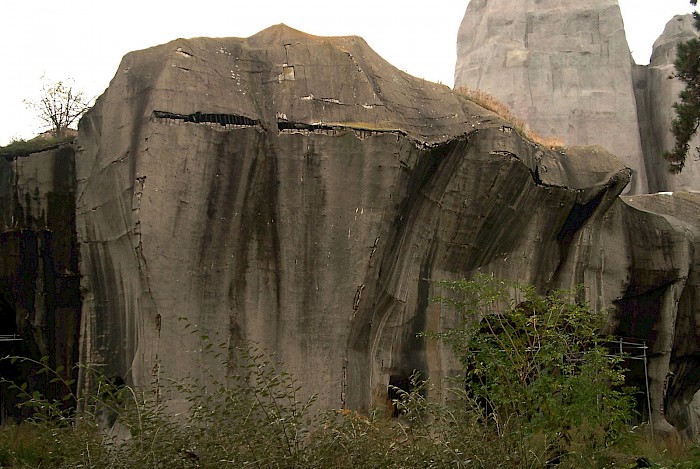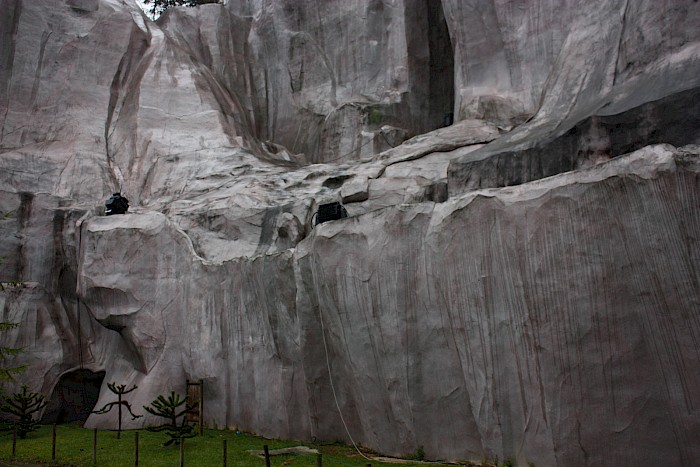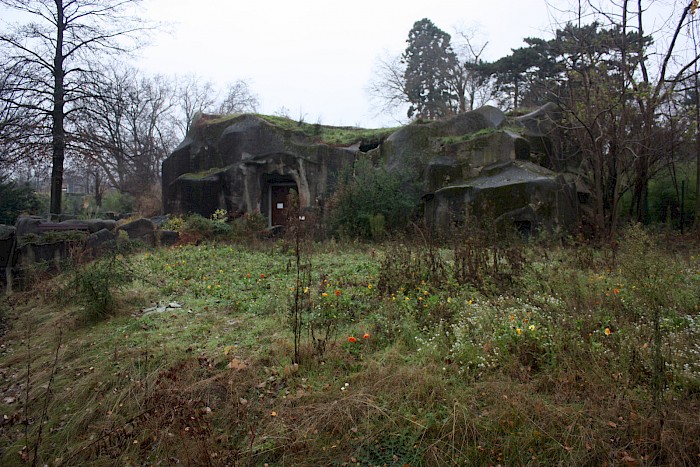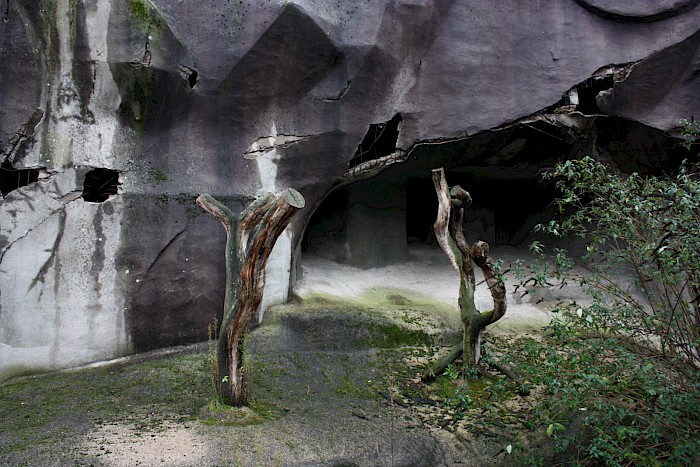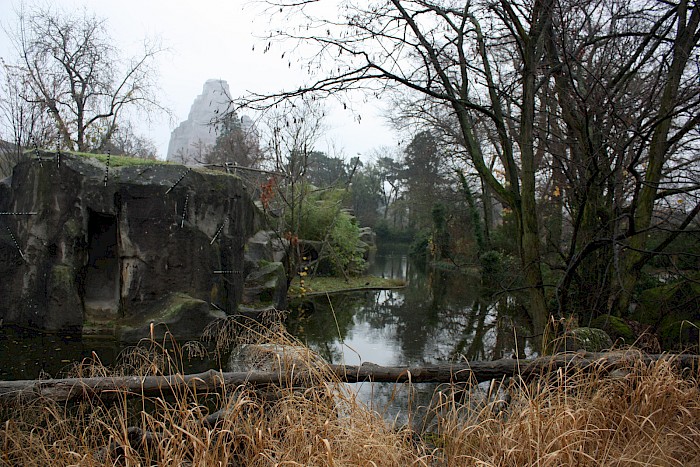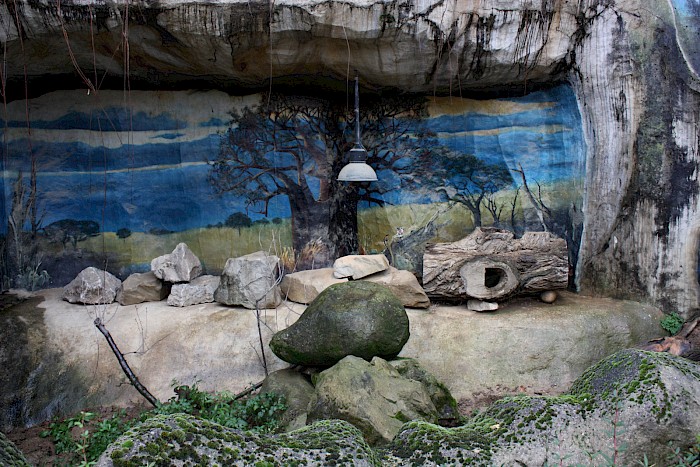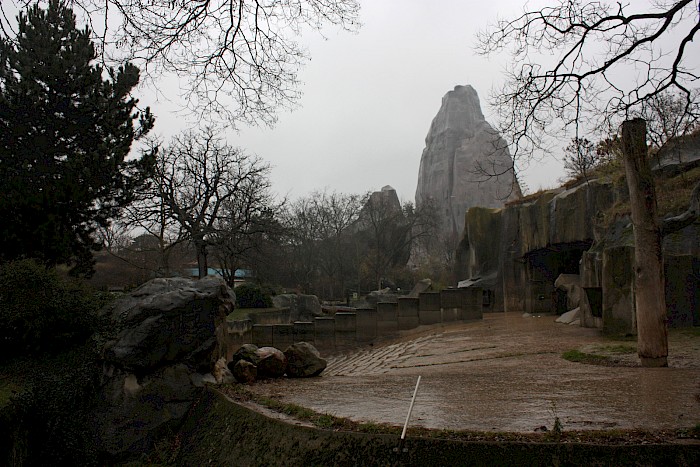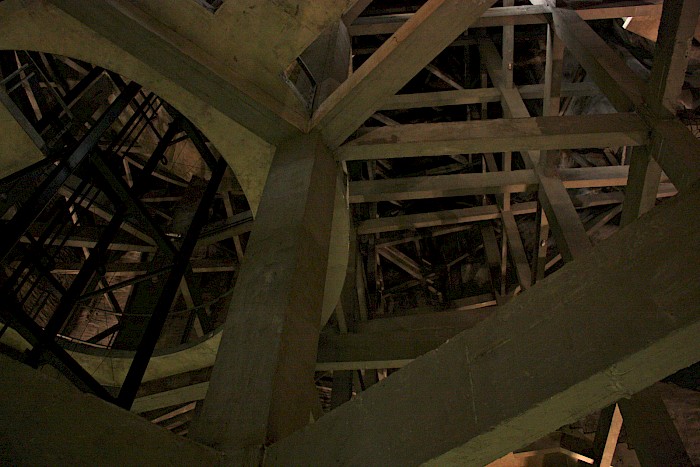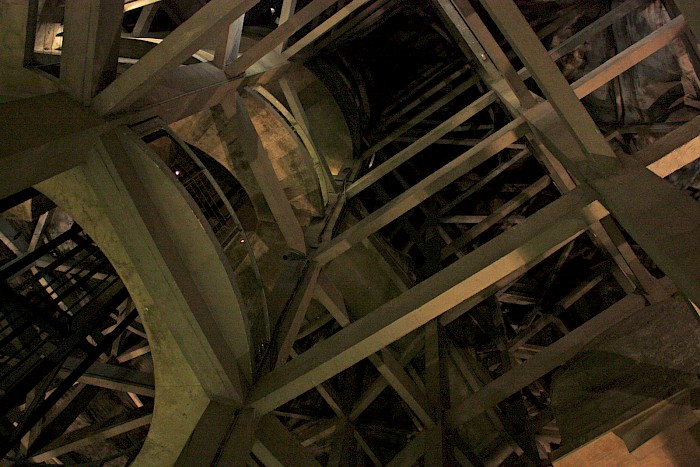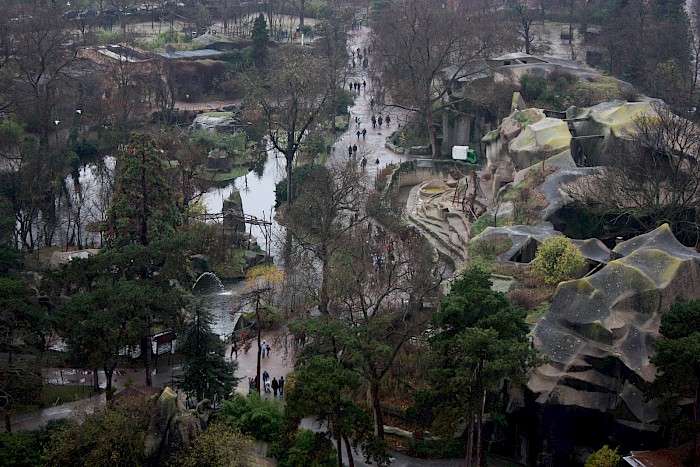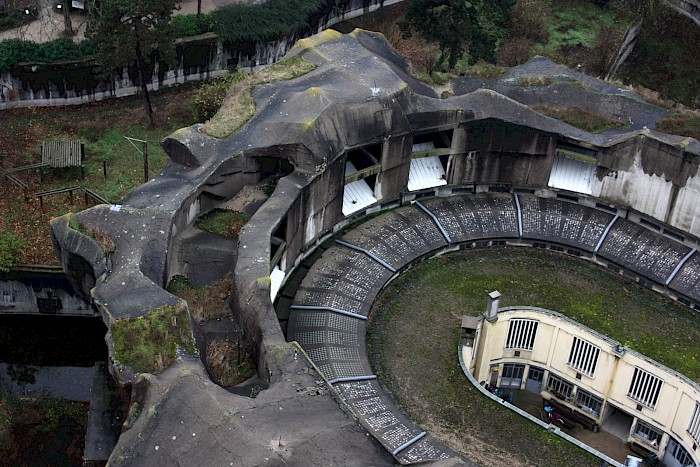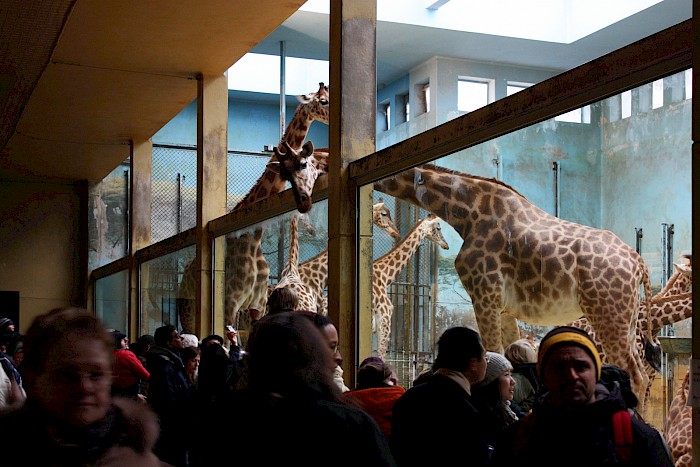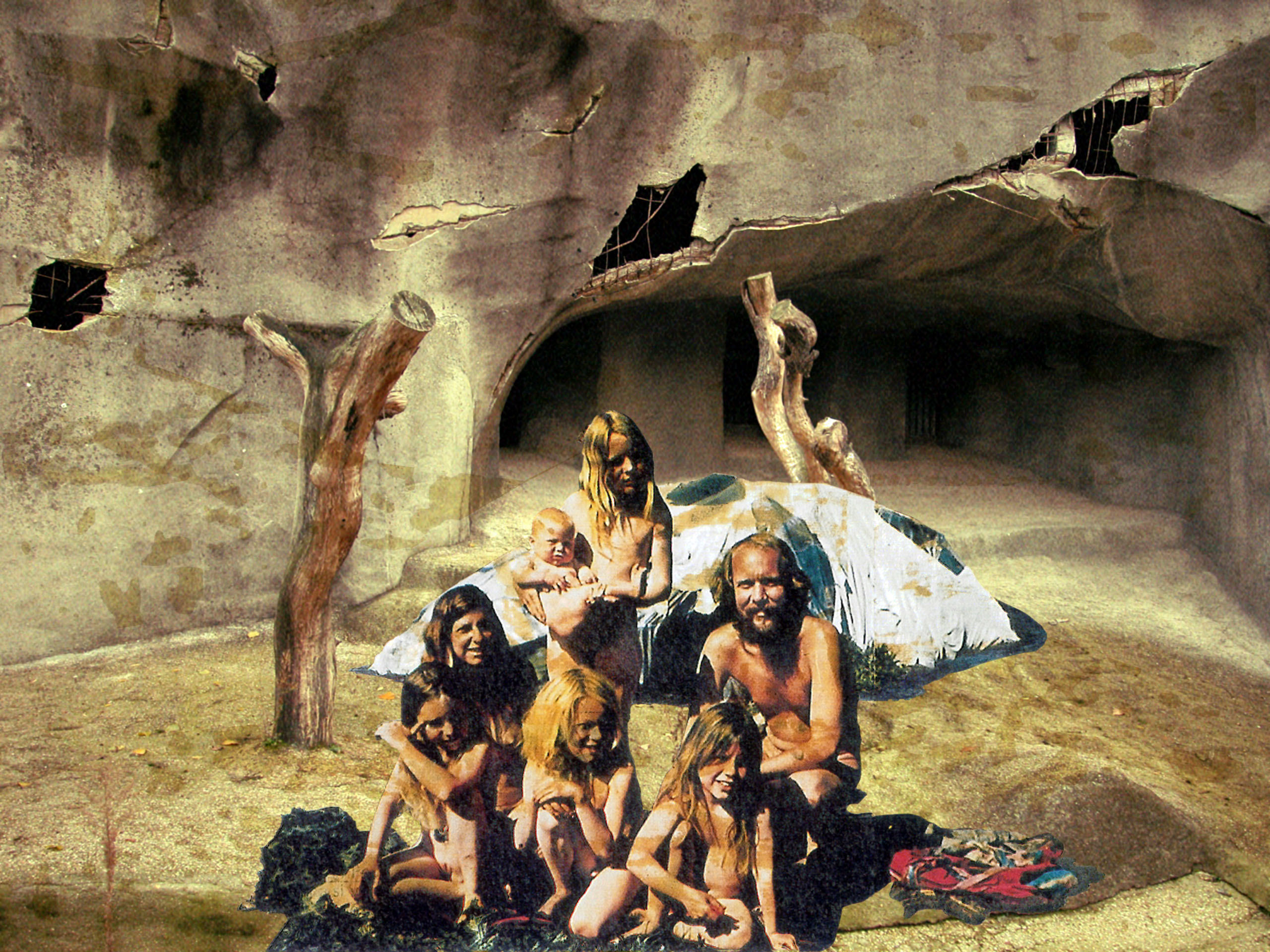The large rock, renovated a few years earlier, has a smoother and more uniform grey skin. It appears at the bend in the outlook of Vincennes and Saint-Mandé as a giant plastic toy forgotten in the midst of the quiet residential suburbs. A triangle furtively inserted in the interlacing of an exit from Paris, neither central nor peripheral, it disappears from the thoughts of the inhabitants of a metropolis that lacks neither wealth nor problems.
Yet the zoo continues to live in virtual secrecy, hidden within its walls. The animals, deprived of the distraction of the public, still sleep in their rocks. Guards continue to patrol the empty alleys. The administration manages the daily business.
A group of researchers who have not found any accommodation to rent in Paris or the suburbs, break into the zoo at night, with the complicity of a keeper, to sleep in an empty rock.
It is in May, the weather is mild and the rocks provide them with a minimal shelter. The zoo operates on a small staff, and it's easy for the researchers to go unnoticed. Friends join them. Gradually, the group grows larger and the makeshift shelter is gradually built, starting with the inside of the cages, invisible.
When the administration finally learns of their existence, the squatters are too numerous to be easily dislodged. Demonstrations of support are organized. The zoo has become a utopian space of freedom, a lawless zone outside the city, inaccessible to intruders. It is inhabited in an animal-like manner by a regressive community of semi-primitive intellectuals.
